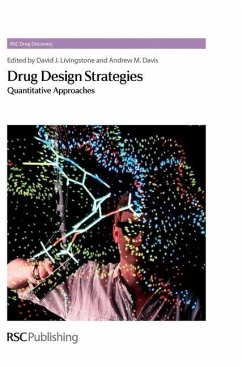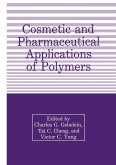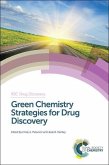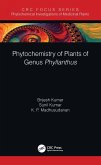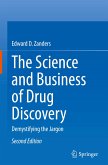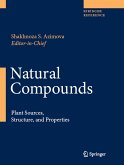With the rapidly escalating costs of drug discovery and development together with spiralling delivery, quantitative approaches hold the promise of shifting the balance of success, to enable drug discovery to maintain its economic viability. Drug Design Strategies: Quantitative Approaches will provide a useful summary of the current state-of-the-art in quantitative approaches to drug design, and future opportunities. It will provide an inspiration to drug design practitioners to apply careful design, to make best use of the quantitative methods that are currently available, while continuing to improve them. The book begins with a comprehensive overview of quantitative approaches to drug design and describes the development of key concepts such as "drug-like properties", quantitative structure-activity relationships and molecular modelling, and in particular, structure-based design approaches to guide lead optimisation. How you manage and describe chemical structures, underpins all quantitative approaches to drug design and these are described in Chapters 6-8. The value of a quantitative approach, and also the challenge, is to describe the confidence in any prediction, and methods to assess predictive model quality are described in chapter 9. The later chapters describe the application of quantitative approaches to describing and optimising potency, selectivity, drug metabolism and pharmacokinetic properties and toxicology, and the design of chemical libraries to feed the screening approaches to lead generation that underpin modern drug discovery. Finally the impact of bioinformatics, current status of predicting ligand affinity direct from the protein structure, and the application of quantitative approaches to predicting environmental risk are also discussed. The book will be essential reading for medicinal and computational chemists, and all those involved in drug discovery and development in the pharmaceutical industries.
Hinweis: Dieser Artikel kann nur an eine deutsche Lieferadresse ausgeliefert werden.
Hinweis: Dieser Artikel kann nur an eine deutsche Lieferadresse ausgeliefert werden.

